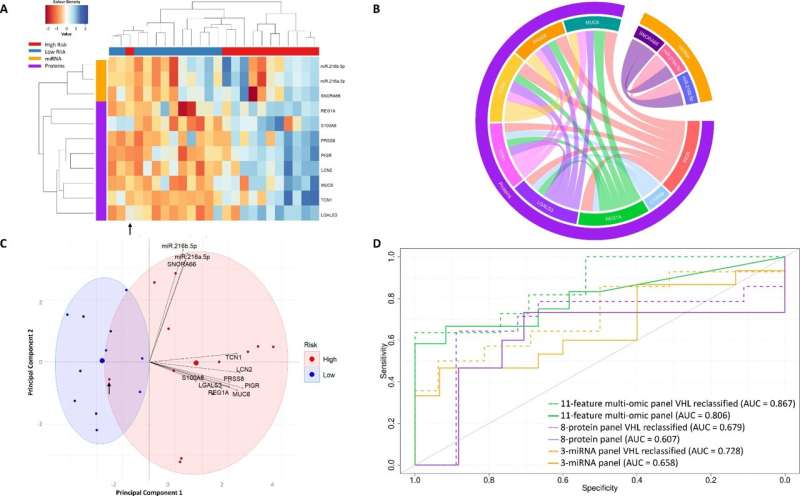Survival rates, however, remain poor due to the vague nature of the symptoms associated with early-stage PC, and subsequently the late-stage of the disease at diagnosis. Now researchers from the Maher lab group, School of Medicine at Trinity College Dublin are focusing on pancreatic cystic lesions to tackle the crucial issue of identifying patients who are at high-risk of developing pancreatic cancer, to improve survival rates.
Their study was recently published in the journal Scientific Reports.
Pancreatic cystic lesions are fluid-filled sacs that can be found on or inside the pancreas. There are many different types of pancreatic cystic lesions, with some being benign and others having the potential to develop into PC. Unfortunately, our ability to identify the pancreatic cystic lesions most likely to progress to PC, and therefore termed “high-risk,” is quite poor.

